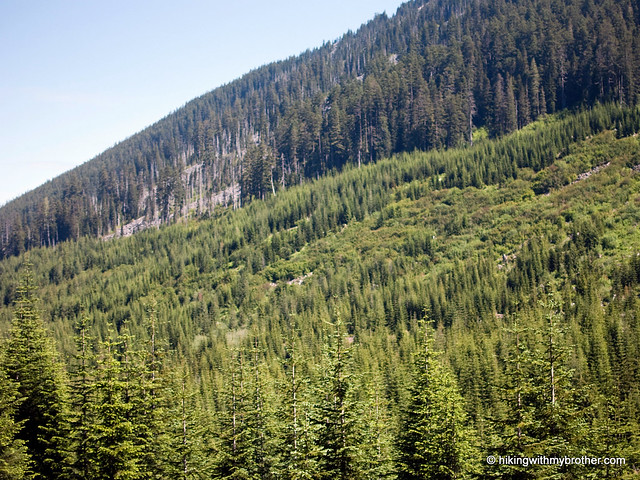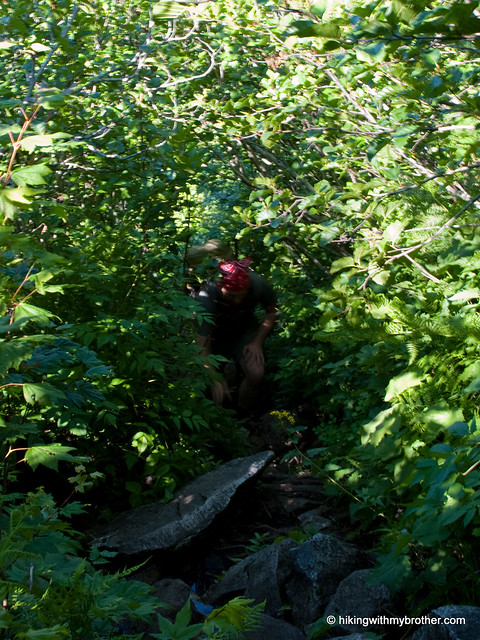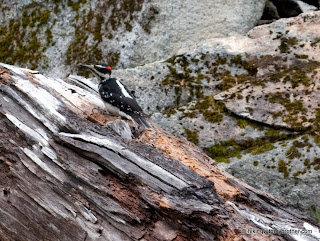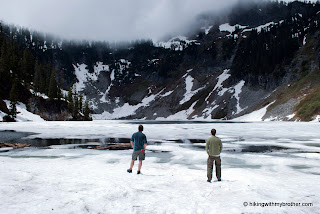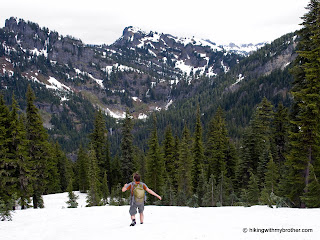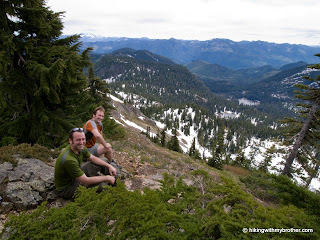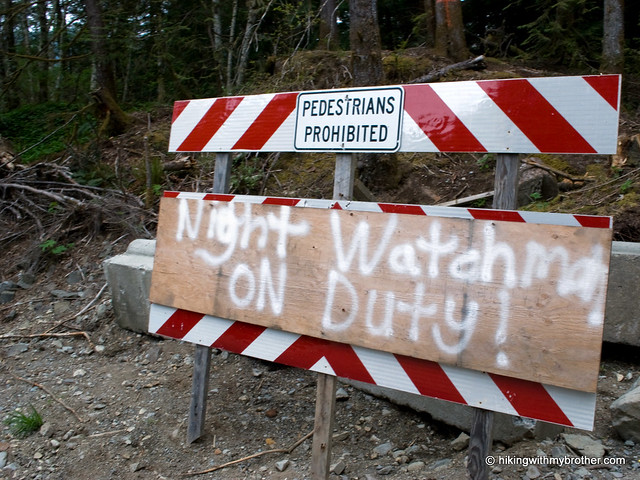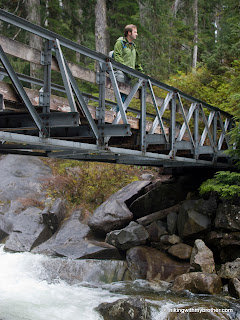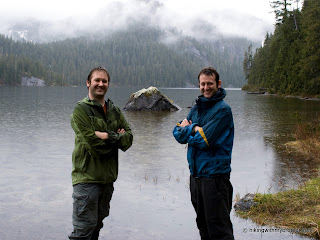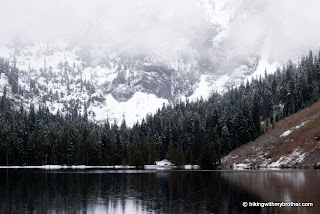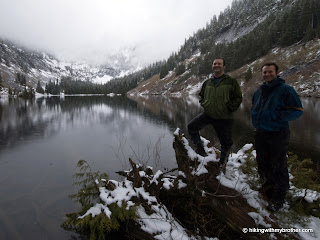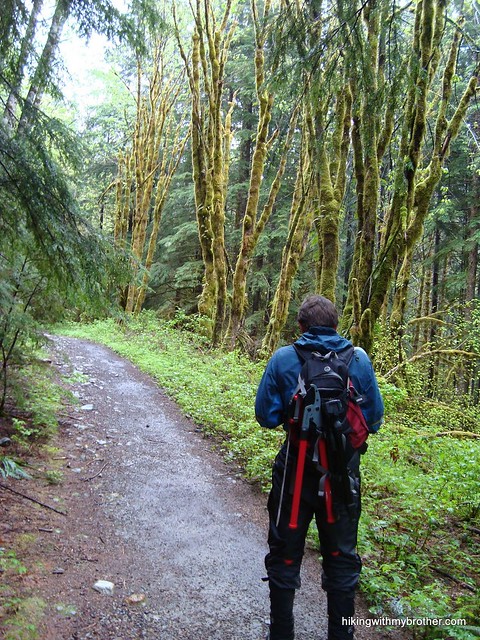Total Ascent: 900ft
Highest Point: 3900ft
Total Distance: 3 miles
Location: N 47° 21.1980, W 121° 29.7420
Required Permit: None
Difficulty: Moderate
 Sometimes, all you’re looking for in a hike is to feel like you’ve gotten away from civilization to have some quality time with Mother Nature. Other times you need a hike to take friends and family that might not be interested in bushwhacking up a mountainside. Luckily, Scout Lake is the perfect answer to either of these needs: short, approachable, and reasonably rewarding.
Sometimes, all you’re looking for in a hike is to feel like you’ve gotten away from civilization to have some quality time with Mother Nature. Other times you need a hike to take friends and family that might not be interested in bushwhacking up a mountainside. Luckily, Scout Lake is the perfect answer to either of these needs: short, approachable, and reasonably rewarding.Presumably, like a number of other lakes in Washington and
 around the country, Scout Lake was named for the Boy Scouts that frequented its shores back in the day. It may still be a popular destination for various local troops, but we never spied any uniforms among the few tents we saw camped at the lake.
around the country, Scout Lake was named for the Boy Scouts that frequented its shores back in the day. It may still be a popular destination for various local troops, but we never spied any uniforms among the few tents we saw camped at the lake.The short trail begins along a spur road off Hansen Creek Road (FR 5510). Follow the logging road for about a half-mile to the actual trail, which roughly follows a tributary of Hansen Creek up to Scout Lake. While occasionally narrow and a touch overgrown, the trail is generally easy to follow and not too steep. At one point, a washout creates some confusion as the trail seems to diverge in different directions – but either route will re-connect with the trail if you keep a sharp eye out for it. When in doubt, backtrack and you’ll soon be on the right path. During the summer, skipping across the creek over rocks and log bridges was a snap, though with heavier flow or icy conditions it could easily become more challenging.
Scout Lake is tucked into a cirque below Humpback Mountain and Bearscout Peak. The quiet, talus-lined bowl and flat lakeshore make for great camping, and we saw some evidence that the fish were biting as well. Find a quiet spot on the shore and enjoy a taste of nature. Not tired yet? Never fear. From here, it’s easy for the hardened hiker to extend the trip up the ridge to the top of Humpback or find your way down to Annette Lake.
 This is a fun little trail to take just about anyone on, just rough enough around the edges to seem like an adventure. Although the short jaunt along a rocky logging road is nothing special, once you get into the woods, the surroundings are pleasant and inviting. As an added bonus, the lake is a little off the radar and we didn’t see any other hikers along the way, just a few backpackers at the lake. The lack of company only adds to the lake’s secluded feel. All and all, we recommend this little hike that has a little something for everyone.
This is a fun little trail to take just about anyone on, just rough enough around the edges to seem like an adventure. Although the short jaunt along a rocky logging road is nothing special, once you get into the woods, the surroundings are pleasant and inviting. As an added bonus, the lake is a little off the radar and we didn’t see any other hikers along the way, just a few backpackers at the lake. The lack of company only adds to the lake’s secluded feel. All and all, we recommend this little hike that has a little something for everyone.To get there, take Exit 47 off I-90 and take a right over the bridge. At the intersection, turn right onto Tinkham Road (aka Forest Road 55). Continue for roughly a mile to a fork and veer left onto the Hansen Creek Road (aka Forest Road 5510). Follow the road under the old railroad trestle and up two switchbacks. Continue up for another half-mile or so past a locked yellow gate to an unmarked road that intersects FR 5510. Find a spot to park along the road and follow the spur uphill. -Nathan
